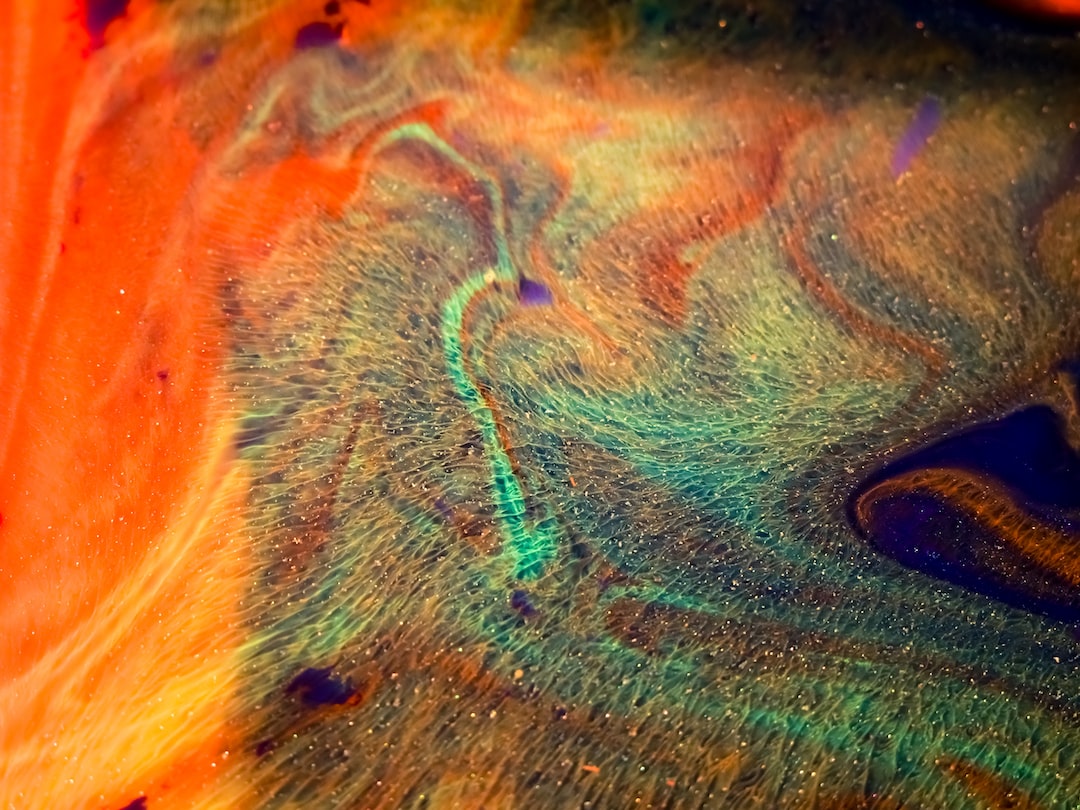The Intersection of Fashion and Art: Bridging the Gap between Runway and Gallery
In recent years, the boundaries between fashion and art have become increasingly blurred. What was once considered separate domains have now intertwined, creating a fascinating space where creativity, self-expression, and innovation collide. The fashion industry is no longer limited to the confines of the runway, while art exhibitions are not confined to paintings and sculptures alone. This convergence has opened new doors for both artists and designers, allowing them to explore new mediums, challenge societal norms, and push creative boundaries.
Fashion has long been regarded as an art form in itself. The meticulous craftsmanship, attention to detail, and thought behind every garment are reminiscent of the dedication and creativity found in traditional art forms. With designers like Alexander McQueen, Iris van Herpen, and Jean Paul Gaultier pushing the boundaries of fashion, it is no wonder that the fashion industry has gained recognition as a form of art.
The runway has become a platform for designers to showcase their artistic vision and communicate their ideas. Fashion shows are more than just a display of clothing; they are immersive experiences filled with music, lighting, and choreography. Designers carefully curate the aesthetics of their show, transforming the runway into an art installation that brings their clothing to life.
But what happens when fashion transcends the runway and enters the realm of galleries and museums? This is where the true intersection of fashion and art occurs. The gallery space provides a new perspective for fashion, allowing viewers to appreciate its intricate details and craftsmanship up close.
Art exhibitions are no longer limited to traditional art forms. Fashion exhibitions have gained popularity in recent years, showcasing iconic designs from renowned fashion houses. These exhibitions not only showcase the evolution of fashion but also highlight its influence on society and culture.
The “Savage Beauty” exhibition at the Metropolitan Museum of Art in 2011 was a groundbreaking moment for the fashion industry. Curated as a posthumous tribute to Alexander McQueen, the exhibition perfectly bridged the gap between fashion and art. It showcased McQueen’s extraordinary creations, highlighting the artistry and storytelling behind each piece. The exhibition allowed viewers to appreciate the craftsmanship of his garments as well as the conceptual ideas that drove his collections.
Similarly, the “Camp: Notes on Fashion” exhibition at the Costume Institute of the Metropolitan Museum of Art in 2019 explored the interplay between fashion and art. Inspired by Susan Sontag’s essay on camp, the exhibition featured flamboyant and exaggerated designs that blurred the lines between fashion, art, and popular culture. The exhibition challenged conventional ideas of beauty and style, emphasizing the role of fashion as a form of artistic expression.
Fashion has also infiltrated the art world through collaborations between designers and artists. These cross-disciplinary collaborations have resulted in breathtaking and thought-provoking artworks that marry the world of fashion and art seamlessly. From Yayoi Kusama’s collaboration with Louis Vuitton to Damien Hirst’s partnership with Alexander McQueen, these collaborations blur the boundaries between fashion and art, allowing for a unique fusion of creative visions.
The intersection of fashion and art has also sparked a dialogue about societal issues and cultural identities. Many designers use their platforms to challenge conventional beauty standards and address social and political issues. Whether through the use of sustainable materials, promoting inclusivity, or highlighting cultural diversity, fashion becomes a powerful tool for self-expression and activism.
This convergence of fashion and art has created new opportunities for artists and designers alike. Designer collaborations with galleries and museums have become increasingly common, as these institutions recognize the significance of fashion as an art form. Artists are also exploring the world of fashion, experimenting with textiles, and incorporating clothing elements into their artwork.
The intersection of fashion and art has had a profound impact on both industries, but it has also reshaped our perception of what it means to be creative. No longer confined to traditional boundaries, artists and designers are pushing the limits of their crafts, blurring the lines between disciplines, and creating a new realm where imagination reigns supreme.
As the intersection of fashion and art continues to evolve, one thing remains clear: this convergence has opened up a world of possibilities for artists, designers, and enthusiasts alike. By bridging the gap between the runway and the gallery, we can appreciate the artistry and storytelling of fashion while challenging our perceptions of what constitutes art. The intersection of fashion and art is a celebration of creativity, innovation, and the power of self-expression.

